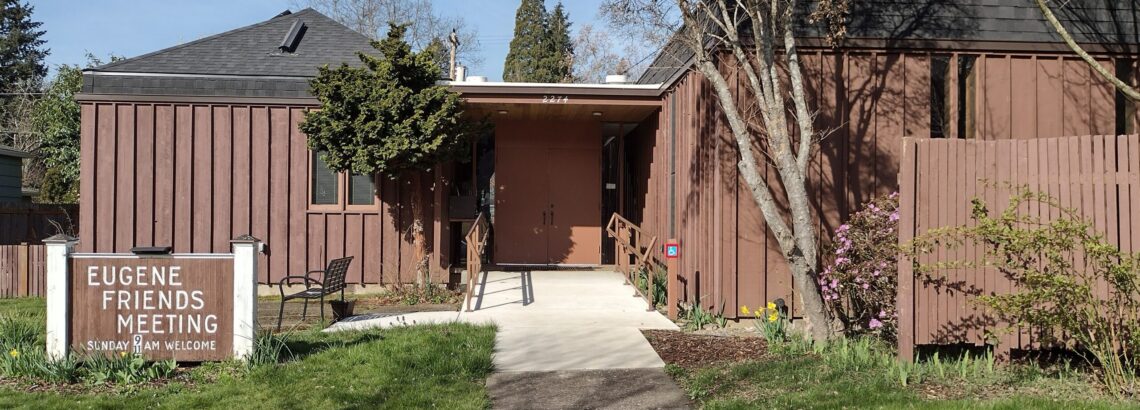
Roots are the foundation of a tree, supporting the tree and holding it in place while also taking up water and nutrients from the soil. Many people imagine tree roots as a mirror image of the branches, but tree roots actually grow mostly horizontally from the base of the tree, rather than downward. Buttress roots right near the trunk help stabilize the tree, and woody lateral roots spread out and taper down to 2-4 inches in diameter. Small, ephemeral absorbing roots grow out of lateral roots, soaking up water and oxygen and other nutrients. These roots are opportunistic – they will grow wherever the conditions are suitable, and will die back if resources are not available.
The amount of photosynthesis that can occur in the leaves is directly related to the amount of water that the roots can absorb. A small root system can only support the photosynthesis of a small canopy, and roots can only grow larger if they have enough energy (sugar) provided by the leaves. In this way, the tree’s growth must be in balance, above and below ground.
Forrest ecologists say that maximum root growth occurs in early summer, with additional growth occurring occasionally in early fall. Tree roots in northern climates are thought to spend the winter in a condition of dormancy, in a resting phase. But tree roots seem to maintain a readiness to grow independent of the aboveground parts of the tree. That is, roots remain mostly inactive but can and do function and grow during winter months whenever soil temperatures are favorable, even if the air above ground is unpleasantly cold. If soil temperatures warm to between 32 and 41°F., winter roots can break dormancy and become active.
This winter quiescence – where roots are resting but ready – is extremely important for the health of trees and forests. It’s this trait that allows evergreens to absorb soil water and avoid winter desiccation in their needles, and allows all species, including deciduous hardwoods, the opportunity to expand their root systems in search of water and nutrients in advance of spring bud break.
Just as a tree must balance its above-ground and below-ground work, so must we be in balance.
We need to be in Right Relationship with our personal Inner Clerk, with the intense power of God, and with the community around us to whom we feel bound. Such right relationship is not a matter of words, or even deeds. It is a matter of being entire, complete, as a tree is wholly a tree, albeit root, trunk, bough, branch and leaf. With such complete integrity, entire wholeness, all actions flow from a state of ease and inner rest and poise. Acting from this condition, from this calm and balanced centre, all work is then Spirit-led activity. Our work as human beings is to align ourselves with blessed purposiveness, so that the outward work of our hands is the result of the inner work of our heart.
Gerald Hewiston, 2013 Swarthmore Lecture of Britain Yearly Meeting
Winter tree root care:
- Mulching: Freezing temperatures can damage the roots of your trees. While we have a relatively mild climate compared to other parts of the country, tree roots are still susceptible to damage. Installing mulch at the base of your trees traps warmth and moisture in the soil, which slows down the nighttime freezing and daytime thawing process. By mulching during the winter, tree roots can continue to grow; this gives them the structural integrity they need to thrive.
- Avoid using de-icers near trees: Salt and chemical de-icers can damage trees and other plants. These types of products dissolve when the snow melts, sinking down into the soil where tree roots can absorb them. Use a more environmentally friendly deicer — magnesium chloride and calcium magnesium acetate are generally less toxic than other options.


